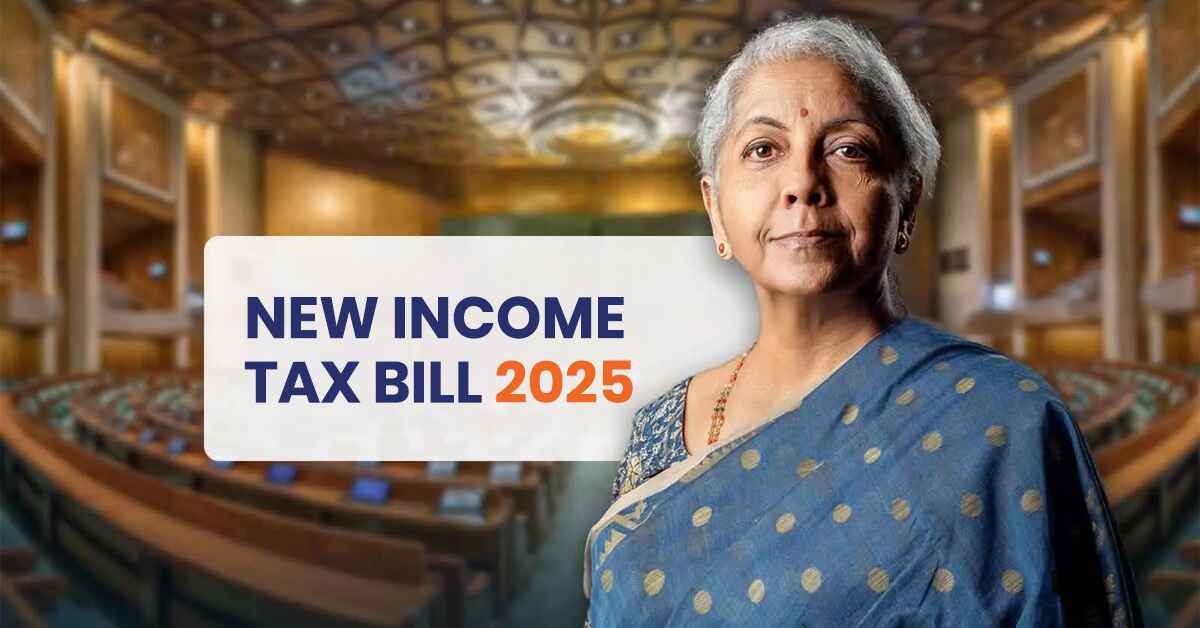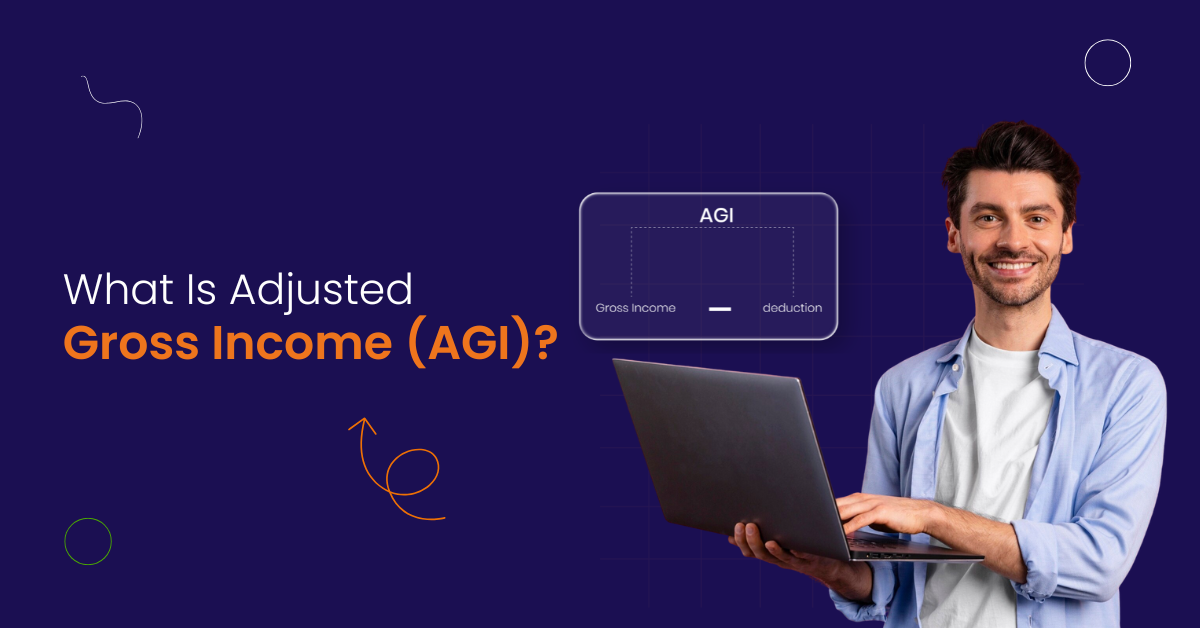New Income Tax Bill 2025: A Fresh Canvas for Payroll and HR
The Parliament of India passed the Income-tax (No. 2) Bill 2025 in August 2025, replacing the 1961 law. The earlier February draft was withdrawn before this version was introduced and passed. The updated legislation reduces the number of sections from 819 to 536 and consolidates the chapters to 23, simplifying how individuals and businesses understand their taxes. The primary goal is to make the rules clearer, smoother, and easier to follow.
Notably, the new “Tax Year” concept replaces the earlier distinction between the “Previous Year” and the “Assessment Year”.
What This Means for Businesses and HR
Businesses need to manage payroll and compliance. The ₹12 lakh basic exemption remains in place, and with the increased ₹75,000 standard deduction, salaried individuals effectively pay no tax on income up to ₹12.75 lakh. This does not apply to certain special incomes, such as short-term or long-term capital gains. And yes, faceless, digital assessments are outlined, reducing unnecessary correspondence and improving compliance transparency.
These changes will be applicable from April 1, 2026. That gives HR teams ample time to sync systems and workflows.
Clarity on Specific Benefits and Revisions
- Refunds are still possible when ITRs are late, no penalty just for missing the deadline.
- Pension and property income rules are now clearer, standard deductions and pre-construction interest are codified.
- Anonymous donations: trusted charities get cover, but tax exemptions are now stricter for others.
- Tax Year change helps align payroll, FnF, and annual reconciliation. No more mental gymnastics between years.
Full and Final Settlement (FnF): The HR Exit Guide
Let’s shift from tax law to the employee departure experience, Full and Final Settlement ( also known as FnF full form ). It’s when an employer clears all dues: salary, earned leave, gratuity, PF, and deductions.
1. Why FnF Matters
Under the Payment of Wages Act, 1936, dues for a departing employee must be paid by the last working day or within 2 working days. While the law allows 2 days, most firms take up to 45 days, depending on the complexity, though this isn’t without risk.
Here’s the usual FnF breakdown:
- Salary up to exit date
- Leave encashment (unused earned leave)
- Bonuses or commissions
- Gratuity (if eligible)
- PF and pension components
- Recoverables: loans, notice pay deductions, advances, etc.
Missing any of this can lead to disputes, or worse, legal steps by ex‑employees.
2. The FnF Process
- Employee exits or resigns
- HR pulls attendance, leave, and payroll data
- Clearance checks from Admin, IT, and Finance
- System calculates dues, deductions, and taxes
- FnF payslip or full and final settlement letter is generated and sent
A human ( HR ) intervention helps in such cases. A little clarity and reminding HR that last week’s salary needs a manual approval if payroll hasn’t been processed yet, avoids chaos.
From Tax Year Changes to FNF Rules: What HR Needs to Know
Change can feel heavy, especially when tax law or labour rules shift. But Bharat Payroll turns complexity into confidence.
Here’s how:
- Unified Tax Year replaces the old confusing model. Payroll aligns seamlessly, no more mismatched filings or outdated forms.
- The ₹12 lakh tax exemption stays. So your system doesn’t need a massive recalibration, just an update.
- Faceless assessments kick in, meaning less friction when audits happen. Your payroll documentation, clean, consistent, and ready to go.
On the FnF side:
- The core rule remains the same: dues should be cleared within 2 working days of the last working day.
- Industry-standard remains a gentle 30–45 days window, but it’s a policy exemption, not a law.
- Delay too long? Companies risk complaints to labour officers or wage tribunals.
Navigating Tax Slabs, Rebate, and Payroll Updates
An updated tax regime means salary components need new checks:
- New slab rates are codified under Clause 202(1).
- Rebate under Section 87A is enhanced. Small earners get a wider benefit.
- Taxes, TDS, and deductions are restructured, with better clarity and fewer surprises.
Bharat Payroll handles new rules smoothly:
- Tax slabs updated early.
- TDS calculation tools refined.
- Employee tax projections stay accurate as norms change.
A Quick Goalboard: What You Get from This Update
| Strategy Point | What Bharat Payroll Does |
| Legal alignment | FnF rules are driven by hours and the law |
| Tax precision | Auto-updated slabs and rebates keep payroll accurate |
| Time savings | Less manual catch-up, more automation |
| Peace of mind | Return, audit, and exit are clean and confident |
A Real-World Scenario
A Tech firm winds up an employee’s exit during the transition to the new tax year.
- The system fetches final salaries, leave encashment, and prorated bonuses.
- Tax applies based on the new tax regime and rebate rules.
- If the employee leaves on Monday, all clearance workflows must happen immediately.
- If someone tries to stretch FnF to 2 months, HR sees the alert and addresses it quickly.
- A complete final payslip lands in the employee’s inbox, with the FnF letter attached.
Bharat Payroll covers all these pointers and creates a polished exit experience, with accuracy and accountability.
Deeper Legal Reforms: PIF Exemption, Clause 263, and Corporate Reliefs
While much of the public attention stays on income slabs and standard deductions, the Income-tax (No. 2) Bill, 2025, also introduces critical legal corrections and strategic exemptions, many of which impact global investors and corporate structures.
Let’s unpack a few that matter beyond payroll:
Clause 263(1)(a)(ix), quietly removed from the final Bill, had previously restricted refunds to only those who filed their returns by the due date. Experts flagged this as a potential trap for late filers, including salaried employees and small businesses who may miss deadlines for legitimate reasons. Fortunately, the clause was scrapped after feedback, reinstating the ability to claim refunds for belated filings.
In a separate but significant update, Saudi Arabia’s Public Investment Fund (PIF) and its wholly owned subsidiaries now enjoy complete income tax exemption in India for income earned under Section 23FE of the Act. This brings parity with earlier carve-outs granted to the Abu Dhabi Investment Authority (ADIA) and positions India as a more accommodating investment destination.
Tax attorney Rina Desai notes, “This is less about politics and more about capital strategy. Sovereign funds look for certainty and neutrality. This exemption shows India is willing to adapt to that.”
Corporate taxpayers also see cleaner logic around inter-corporate dividend deductions, LLP tax minimums, and donation treatment. Where ambiguity previously clouded the application of AMT (Alternate Minimum Tax) on LLPs, the new law narrows its scope to only those actively claiming tax benefits, reducing unnecessary tax burden for straightforward entities.
Another detail tax teams will appreciate: TCS on LRS (Liberalised Remittance Scheme) for education-related transfers financed via institutions is now explicitly set at zero. This clarity, missing from the earlier draft, prevents needless withholding on outbound student funds, a common headache for employees relocating children abroad.
For tax professionals and payroll compliance teams, these “small print” changes aren’t just legalese; they’re guardrails. They reduce the odds of litigation, make planning less reactive, and allow platforms like Bharat Payroll to code in logic that’s future-proof.
Final Conclusion
The Income Tax Bill 2025 brings simplicity, clarity, and better structure. At the same time, FnF settlements remain a critical end-of-employment milestone. When payroll and compliance work together, it brings peace for HR teams and departing employees.
What Bharat Payroll Does Differently
- Real-time calculation: attendance, leave, last working day, notice pay, all feed into FnF automatically.
- Compliance built in: whether the law says “2 days” or policy allows “45 days,” you see clear timelines.
- Digitised clearance flows: HR, IT, and finance clearances are tracked at every step; nothing is lost.
- Audit-ready documentation: final pay slips and FnF letters log every detail, salary, leave, deductions, and tax.
With Bharat Payroll, you get:
- Accurate Tax Year alignment
- Smarter TDS calculations under new slabs
- Reliable and transparent FnF processing
- Formatted FnF letters that stand up to compliance scrutiny
- A system that remembers, recalculates, and records every time
Align your FnF process with the updated tax regime, and fine-tune payroll with cloud payroll software by Bharat Payroll.
Frequently Asked Questions
Q1: What is the definition of Tax Year, and why does it matter?
The new Income-tax Act, 2025, replaces the confusing “Previous Year” / “Assessment Year” system with a unified Tax Year, starting April 1. That means payroll can match tax processing year-over-year without juggling two timelines.
Q2: Are tax slabs updated, and how does that impact TDS?
Yes, the Bill introduces new tax slabs under Clause 202(1). The basic exemption remains ₹12 lakh, and with the ₹75,000 standard deduction, salaried individuals effectively pay no tax up to ₹12.75 lakh (excluding certain special incomes). Bharat Payroll will auto-upgrade the slabs so employees’ TDS reflects the current rules.
Q3: How does FnF processing tie into the Income Tax Bill changes?
Aligning FnF payouts within the same Tax Year can make reconciliation and year-end reporting smoother, but this is an administrative best practice, not a separate legal requirement. And with clarity on salary components, tax treatment, and timelines, HR teams can close exits cleanly.
Q4: What’s the legal timeline for FnF settlement?
By law, final dues should clear within two working days of the last working day. But most companies allow 30–45 days, provided they communicate this clearly to departing employees.
Q5: What gets included in the Full & Final Settlement?
FnF should cover:
- Salary till exit
- Earned Leave encashment
- Bonuses, gratuity (if eligible), and PF contributions
- Tax deductions, notice pay adjustments, and outstanding payments
Q6: What happens if there’s a delay in FnF payout?
You risk legal claims, penalties, and damage to the employer’s brand. Timely payments are not just courteous, they’re compliance.
Q7: Should an employee receive a final settlement letter?
Yes, it’s essential. The full and final settlement letter should include a detailed breakdown and require acknowledgement. It prevents disputes and provides closure.
Q8: Does leave encashment get taxed in FnF?
Yes, leave encashment is taxable unless specific exemptions apply. The new tax slabs and rebate rules affect the net payout directly.
Q9: Can deductions be made for unserved notice?
Absolutely, notice pay meaning applies when employees don’t serve the full period. It’s legal to adjust FnF accordingly.
Q10: How does Bharat Payroll simplify all this?
Our system:
- Clearly handles new Tax Year logic
- Auto-updates tax slabs and rebate logic
- Calculates FnF components and deductions instantly
- Tracks approvals and issues compliant FN&F letters
- Keeps everything documented, ready for audits or reconciliations






